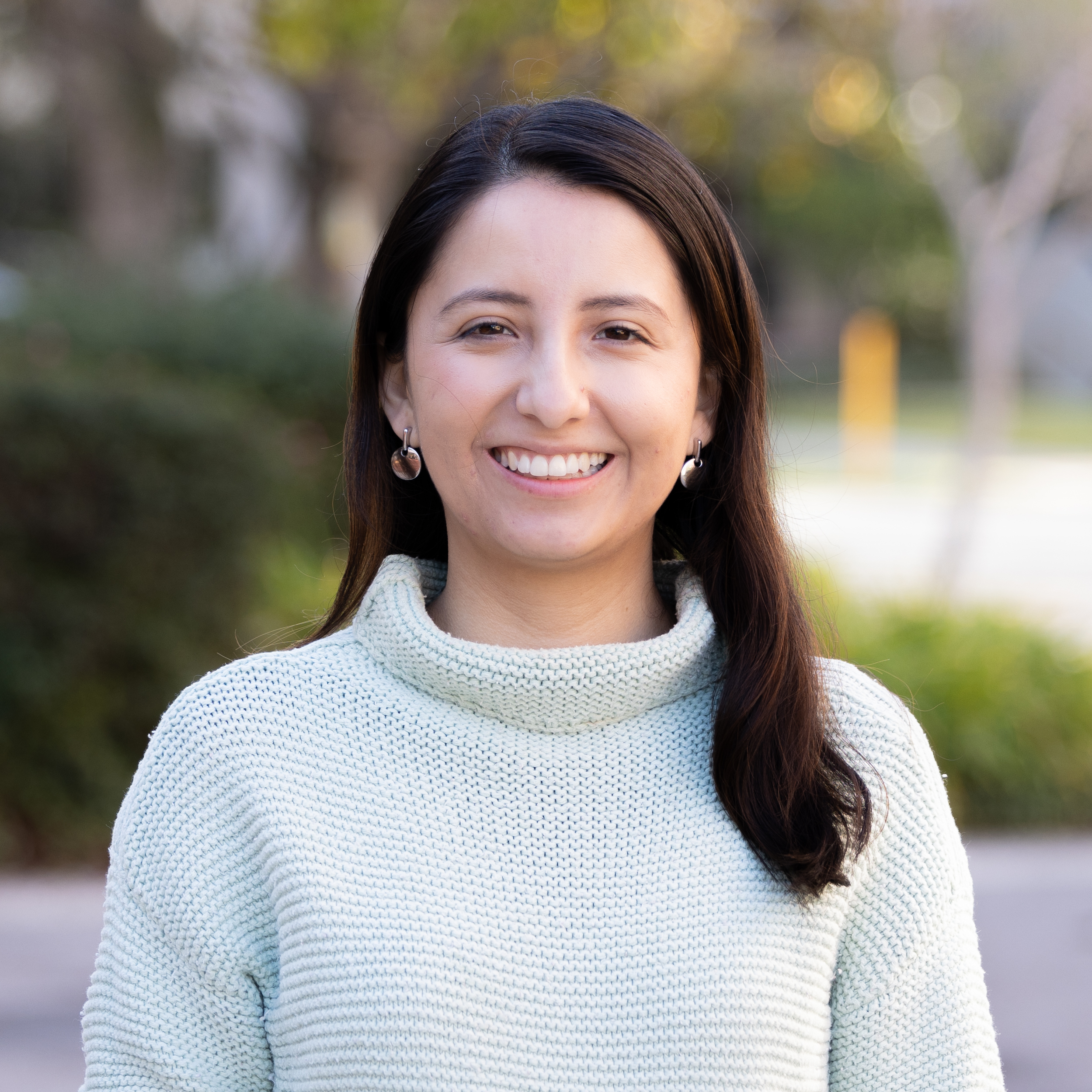
March 2023
By Katherine Necochea Tinco
When I arrived in the United States, I was not quite eight, and did not know how to even say “hello” in English. All I knew was that education was my opportunity to live a better life, and that I had to learn English to access it. This knowledge drove me in my pursuit of education and pursuit of learning English throughout my life. These lived experiences growing up as an English learner in the US have motivated me to work in education research supporting traditionally under-resourced and underserved communities.
In the United States, 21% of school-aged children speak a language other than English at home – most of these children, like me, speak Spanish as a first language.1 Yet too often, researchers who aren’t specifically focusing on multilingual learners fail to think about the multiple language backgrounds of the students and families they are studying. Working for SRI International’s Education Division, I have used my bilingual skills in Spanish and English to communicate with Spanish speakers who otherwise might have opted out of research opportunities. This has helped our research studies be more inclusive and ultimately helps our study results be more relevant. Working on these studies and bringing my bilingual and cross-cultural understanding, I’ve identified a few strategies that help to increase inclusion of multilingual families in our research, and have additional questions I want to further investigate in order to better represent my community in education research studies.
Combining my personal and work experience as a Spanish-English bilingual researcher, here are two suggestions and one question for how other researchers and practitioners can connect with families in a culturally responsive way, and one question for us to consider:
Partner with someone who the families know and trust, either at the school or in their community, to share the information of the study with families in the languages they are most comfortable with.
- In one study, we partnered with an education organizer at each school who had direct contact with families. This person was able to communicate with the families first, share information about the study and ask them if they were okay with someone from the research team contacting them. This minimized barriers to engaging parents, and helped my team more efficiently reach out to and successfully recruit parents for our research study. I interviewed Spanish and English speaking family members at 6 schools, and I found great variation in family engagement and family leadership across the schools. One school had a parent who grew up in the community, is an alumnus of the school their child attends and is now a parent leader at the school. Due to their personal knowledge and passion for school and community improvement, this parent spoke up and shared “this is what I wish I had while attending the school, these are resources we need to support our low-income parents and children.” This parents’ experiences resonated with others, taught the other parents a lot, and influenced them to become more involved at their child’s school.
Communicate in the preferred language and learn about diverse cultural backgrounds, as well as the history of marginalization and exploitation that many individuals in these communities’ experience.
- Staff who can communicate in the family’s preferred language and who are culturally knowledgeable can help build rapport and minimize potential skepticism with bilingual participants. In an interview I conducted in Spanish, I recall the moment where a parent felt comfortable sharing that she did not know anything about the education system in the U.S. and had made a huge effort to understand enough to make a better decision about which school to enroll her child in. My ability to speak with this parent in her preferred language and my understanding of the context enabled this sincere conversation; she reminded me of my mother when she first arrived in the U.S. and did not know the education system either. This understanding led me to engage and share personal experience and build rapport with the participant.
I wonder how we can utilize more innovative methods to reach bilingual families, especially via social media.
- Many bilingual families prefer using platforms that they’re already familiar with such as phone calls and text messages. Many don’t use email very often. I learned that asking them for their preferred method of contact instead of assuming one mode will work is important.
- Social media platforms such as Facebook and Instagram can lead to higher participant rates and greater accessibility to communities of Spanish speaking families. For instance, my own parents use Facebook and WhatsApp to communicate with my family abroad daily. WhatsApp is a useful tool that many use to communicate and should be used more frequently by researchers to connect with and inform bilingual families about research studies.
- With rapid changes in social media and preferred platforms for communication, researchers need to continually ask community members what works best for them and adjust accordingly.
Accessibility to research and resources is important to all communities. As researchers it is important that we commit to including all community members in studies and implement new strategies to achieve strong representation. I have made this commitment myself and I know my eight-year-old self would be proud to know that I am now in a position to promote meaningful change thanks to my personal and professional experience in multilingual education.
If the information here has piqued your interest and you would like to know more about current research studies or discuss possible new projects, please contact us. We’d love to hear from you!
References
1 American Speech Language Hearing Association, nd.
Topics: Access and equity Bilingualism Elementary English language development Family engagement High school Middle school Research
